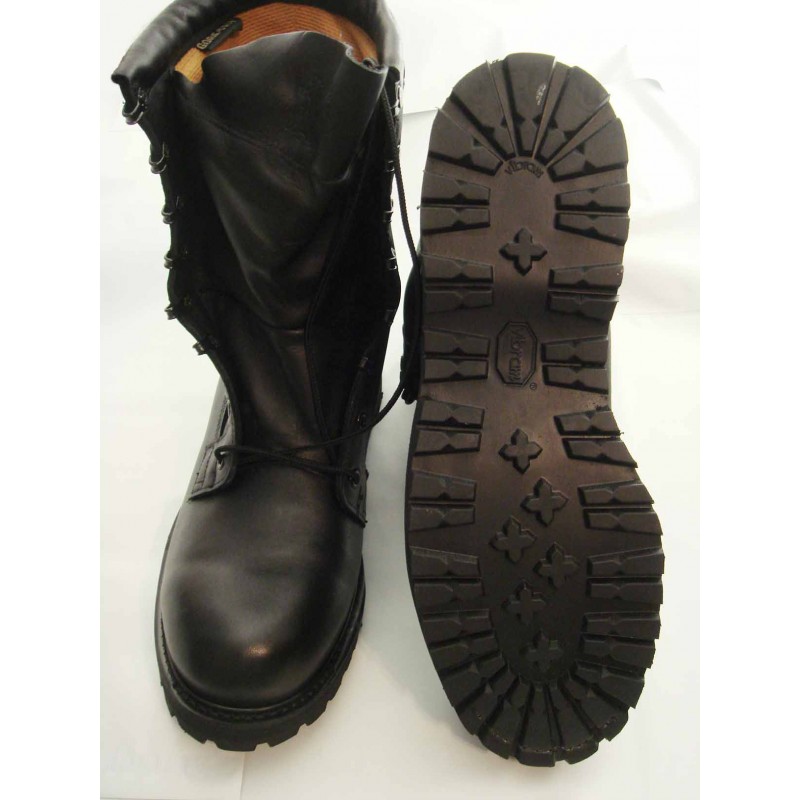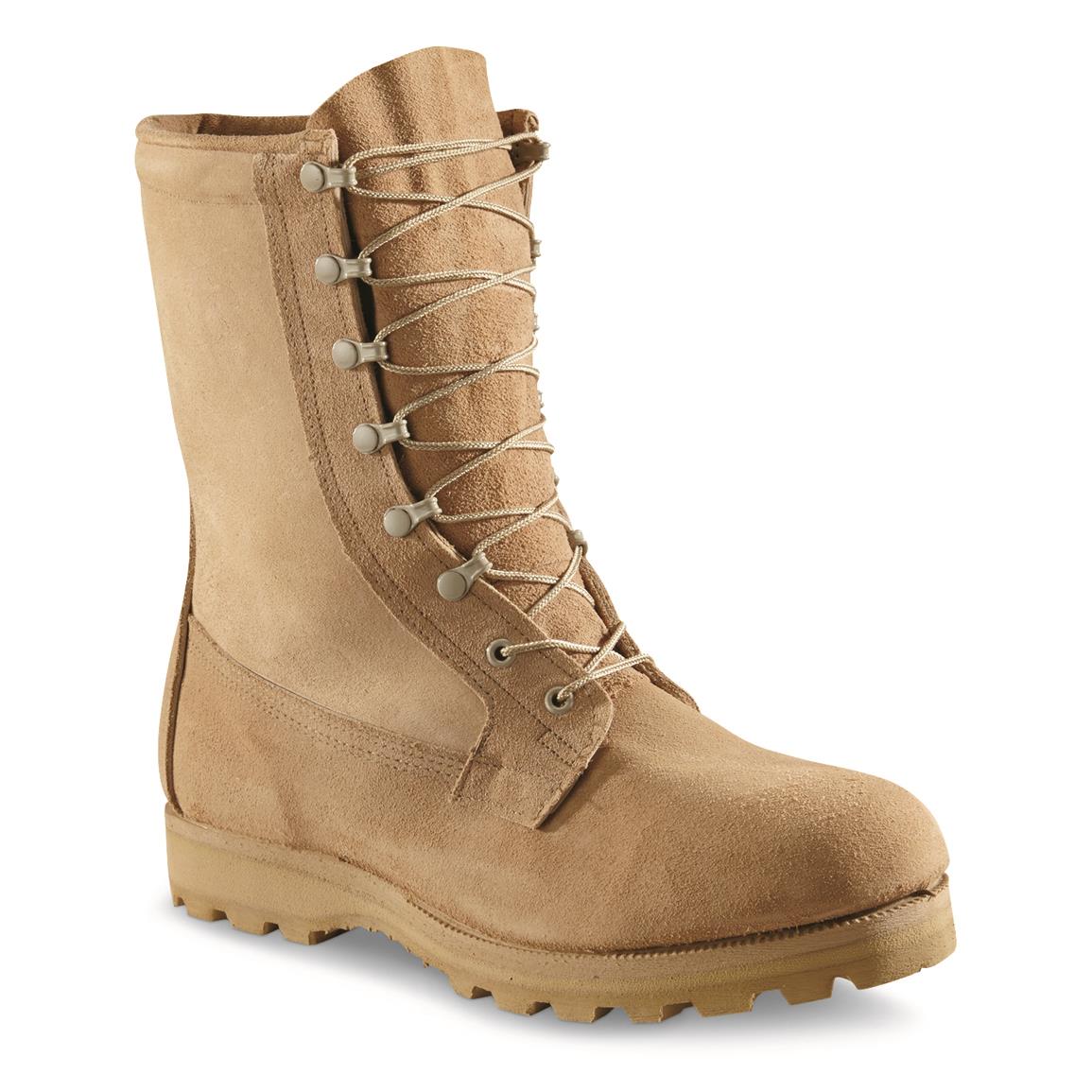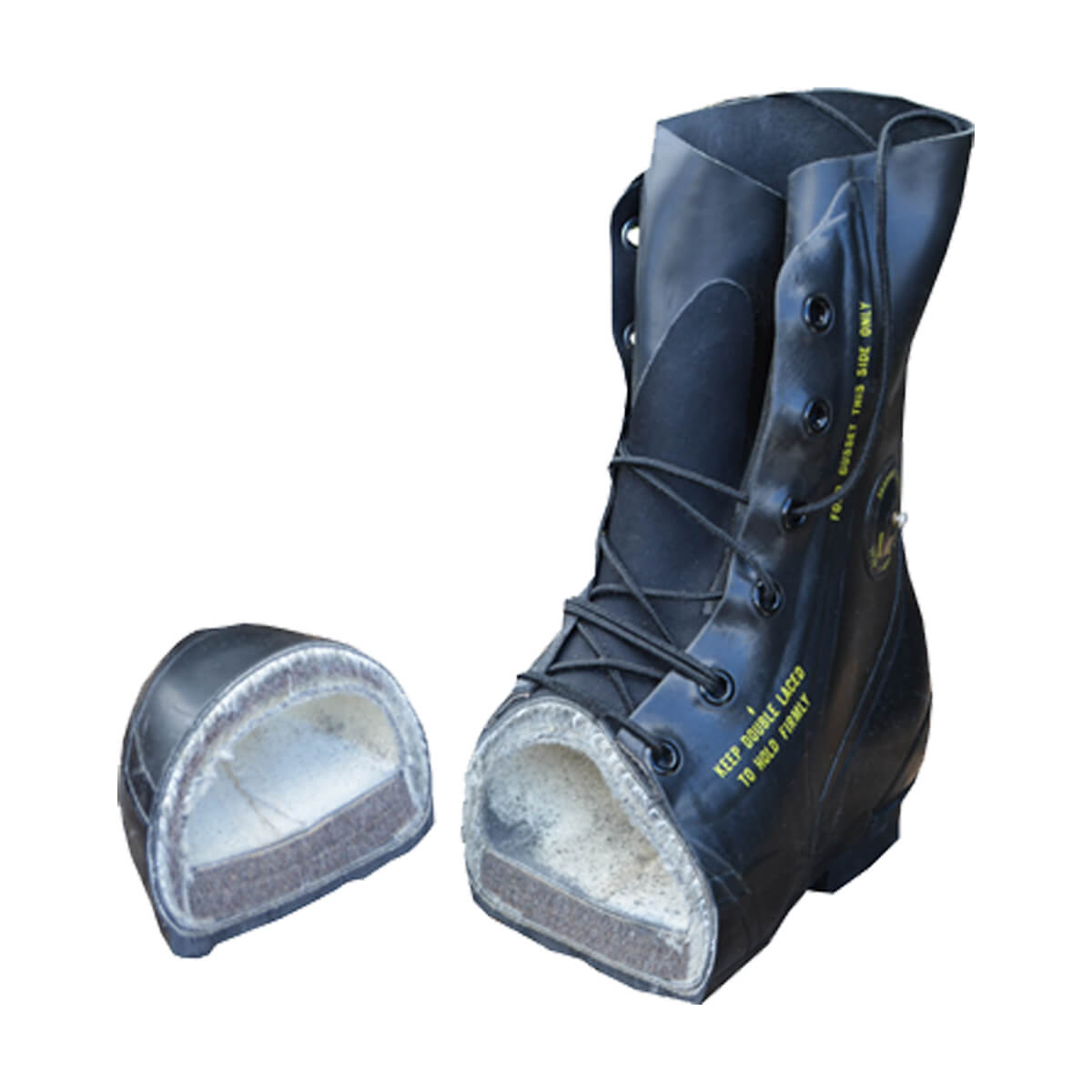Surviving Extreme Temperatures: Why You Need the Right Footwear
Extreme cold weather conditions pose a significant threat to individuals who venture outdoors, whether for military operations, outdoor adventures, or everyday winter activities. Frostbite, hypothermia, and other cold-related injuries can occur rapidly if feet are not properly protected. In fact, the National Weather Service reports that frostbite can occur in as little as 30 minutes in temperatures below -16°C (3°F). Extreme cold weather army boots are specifically designed to combat these risks, providing a barrier between the foot and the harsh environment. By investing in a high-quality pair of extreme cold weather army boots, individuals can ensure their feet remain warm, dry, and protected, even in the most unforgiving conditions. The right footwear can mean the difference between safety and disaster, making it an essential component of any cold-weather gear.
What to Look for in Cold Weather Army Boots: Key Features and Technologies
When selecting extreme cold weather army boots, it’s essential to consider the key features and technologies that will keep feet warm, dry, and protected in harsh environments. Insulation is a critical component, as it helps to retain body heat and prevent cold air from penetrating the boot. Look for boots with high-quality insulation materials, such as Thinsulate or PrimaLoft, which provide excellent warmth without compromising breathability. Waterproofing is another crucial feature, as it prevents moisture from entering the boot and causing discomfort or injury. A waterproof membrane, such as Gore-Tex or eVent, is essential for extreme cold weather army boots. Breathability is also vital, as it allows moisture to escape and prevents the buildup of sweat and condensation. Traction is another key feature, as it provides stability and prevents slips and falls on icy or snowy surfaces. Look for boots with aggressive tread patterns and lugs that are specifically designed for traction in extreme cold weather conditions. By considering these essential features and technologies, individuals can ensure they select the right extreme cold weather army boots for their needs.
How to Choose the Best Cold Weather Boots for Your Needs
Selecting the right extreme cold weather army boots for specific activities or operations is crucial to ensure optimal performance and safety. For hikers and outdoor enthusiasts, boots with a higher ankle collar and more aggressive tread pattern are ideal for traversing rugged terrain. Hunters, on the other hand, may prefer boots with a quieter, more stealthy design to avoid startling game. Military personnel require boots that meet specific standards and regulations, such as those set by the US Army or NATO. When choosing extreme cold weather army boots, consider the following factors: activity type, terrain, temperature range, and personal comfort preferences. Additionally, look for boots with features such as adjustable cuffs, gusseted tongues, and removable insoles to ensure a customizable fit. By considering these factors and features, individuals can select the best extreme cold weather army boots for their specific needs, ensuring they stay safe and comfortable in even the most extreme cold weather conditions.
The Top Cold Weather Army Boots for Extreme Conditions: Product Reviews
When it comes to extreme cold weather army boots, there are several top-rated options to consider. In this review, we’ll compare and contrast some of the best products from leading brands like Belleville, Danner, and Thorogood. The Belleville One-Xero is a popular choice among military personnel, offering exceptional warmth, waterproofing, and breathability. The Danner Pronghorn is another top contender, featuring a rugged outsole and premium leather upper. For those on a budget, the Thorogood 8-Inch Tactical Boot is a great value, offering many of the same features as more expensive models at a lower price point. When selecting extreme cold weather army boots, it’s essential to consider factors such as insulation, waterproofing, and traction. By reviewing and comparing top-rated products, individuals can make an informed decision and choose the best boots for their specific needs. Whether for military operations, hiking, or hunting, the right extreme cold weather army boots can mean the difference between success and failure.
Insulating Your Feet: The Science Behind Cold Weather Boot Insulation
When it comes to extreme cold weather army boots, insulation is a critical component. The right insulation can mean the difference between warm, dry feet and cold, wet ones. But how do insulation materials and technologies work to keep feet warm and dry? The answer lies in the science behind heat transfer. In cold weather, the body loses heat through conduction, convection, and radiation. Insulation materials, such as Thinsulate, Polarguard, and PrimaLoft, work to slow down this heat transfer process, trapping warm air next to the skin and preventing cold air from penetrating. Additionally, some extreme cold weather army boots feature advanced technologies, such as thermal reflective liners and moisture-wicking membranes, to further enhance insulation. By understanding the science behind cold weather boot insulation, individuals can make informed decisions when selecting the right boots for their specific needs. Whether for military operations, hiking, or hunting, the right insulation can be a lifesaver in extreme cold weather conditions.
Waterproofing and Breathability: The Importance of Moisture Management
In extreme cold weather army boots, moisture management is crucial to keeping feet warm and dry. Waterproofing and breathability are two essential features that work together to prevent moisture buildup and keep feet comfortable. Waterproofing technologies, such as Gore-Tex and eVent, prevent water from entering the boot, while breathable membranes allow moisture to escape. This prevents the buildup of sweat and water, which can lead to cold, wet feet and increase the risk of frostbite and hypothermia. In addition, moisture management is critical in extreme cold weather army boots, as it helps to prevent the growth of bacteria and fungi, which can cause foot infections. By understanding the importance of waterproofing and breathability, individuals can select the right extreme cold weather army boots for their specific needs, whether for military operations, hiking, or hunting. Look for boots with advanced moisture management systems, such as those featuring waterproof and breathable membranes, to ensure dry, comfortable feet in even the most extreme cold weather conditions.
Traction and Stability: How to Stay on Your Feet in Icy Conditions
In extreme cold weather army boots, traction and stability are critical components that can mean the difference between staying on your feet and suffering a debilitating fall. Icy and snowy conditions can be particularly hazardous, and the right boots can provide the necessary grip and support to prevent slips and falls. Look for boots with advanced traction systems, such as lug soles and aggressive tread patterns, which can dig into ice and snow to provide stability. Additionally, features like ankle support and high-cut collars can help to prevent twists and sprains. In extreme cold weather army boots, stability is also enhanced through the use of materials like rugged rubber and durable synthetic materials, which can withstand the harsh conditions of ice and snow. By selecting boots with advanced traction and stability features, individuals can confidently navigate even the most treacherous terrain, whether for military operations, hiking, or hunting in extreme cold weather conditions.
Putting it All Together: Tips for Wearing and Maintaining Cold Weather Boots
Once you’ve selected the right extreme cold weather army boots for your needs, it’s essential to wear and maintain them properly to ensure optimal performance and longevity. Breaking in your boots is crucial to prevent blisters and discomfort. Start by wearing them for short periods and gradually increase the duration. When cleaning your boots, use a soft brush to remove dirt and debris, and avoid harsh chemicals that can damage the materials. For storage, keep your boots in a cool, dry place away from direct sunlight, and use a boot tree or stuffing paper to maintain their shape. Additionally, consider applying a waterproofing treatment to protect the materials and extend the life of your boots. By following these simple tips, you can ensure your extreme cold weather army boots remain in top condition, providing you with the protection and comfort you need to conquer even the harshest environments.









